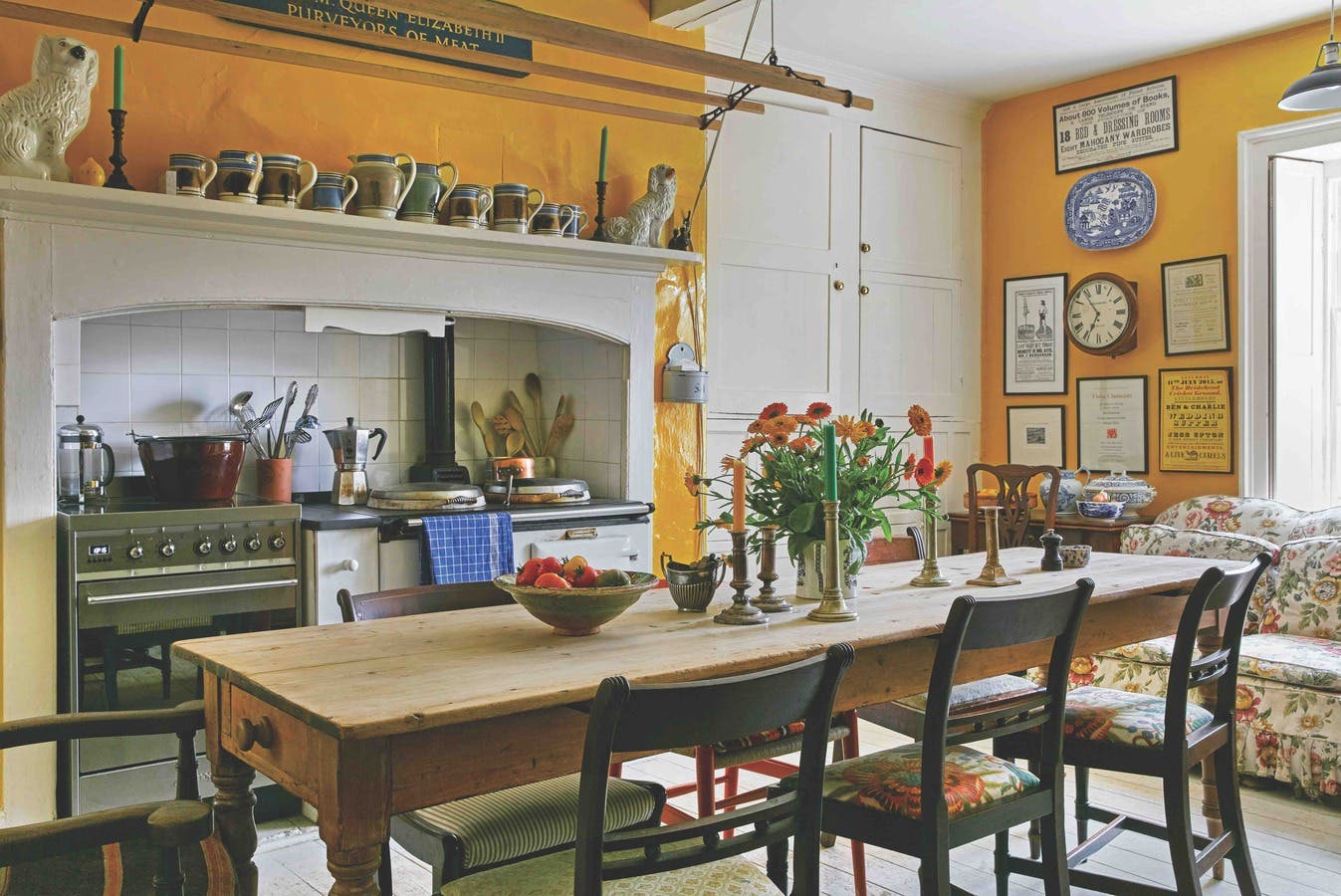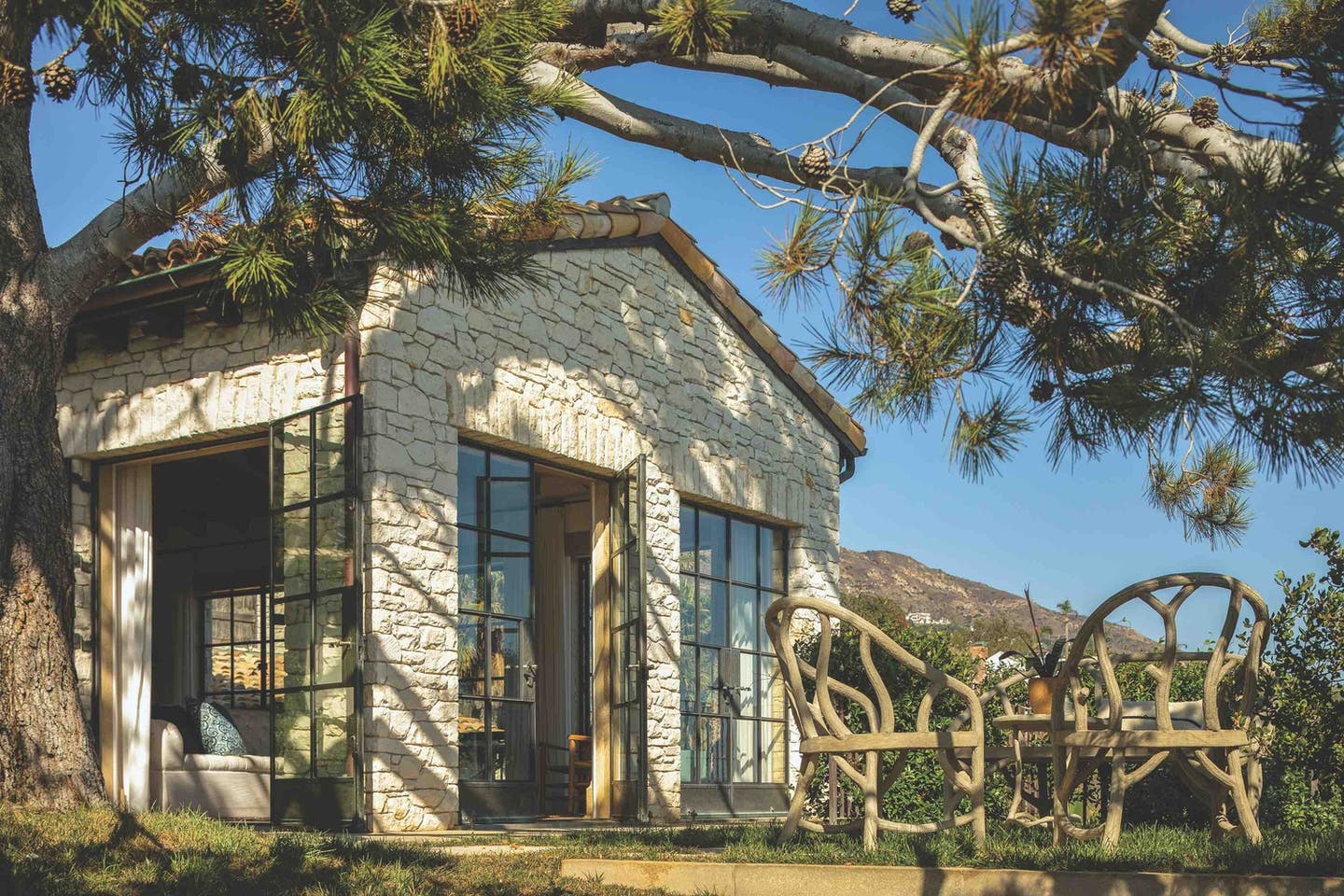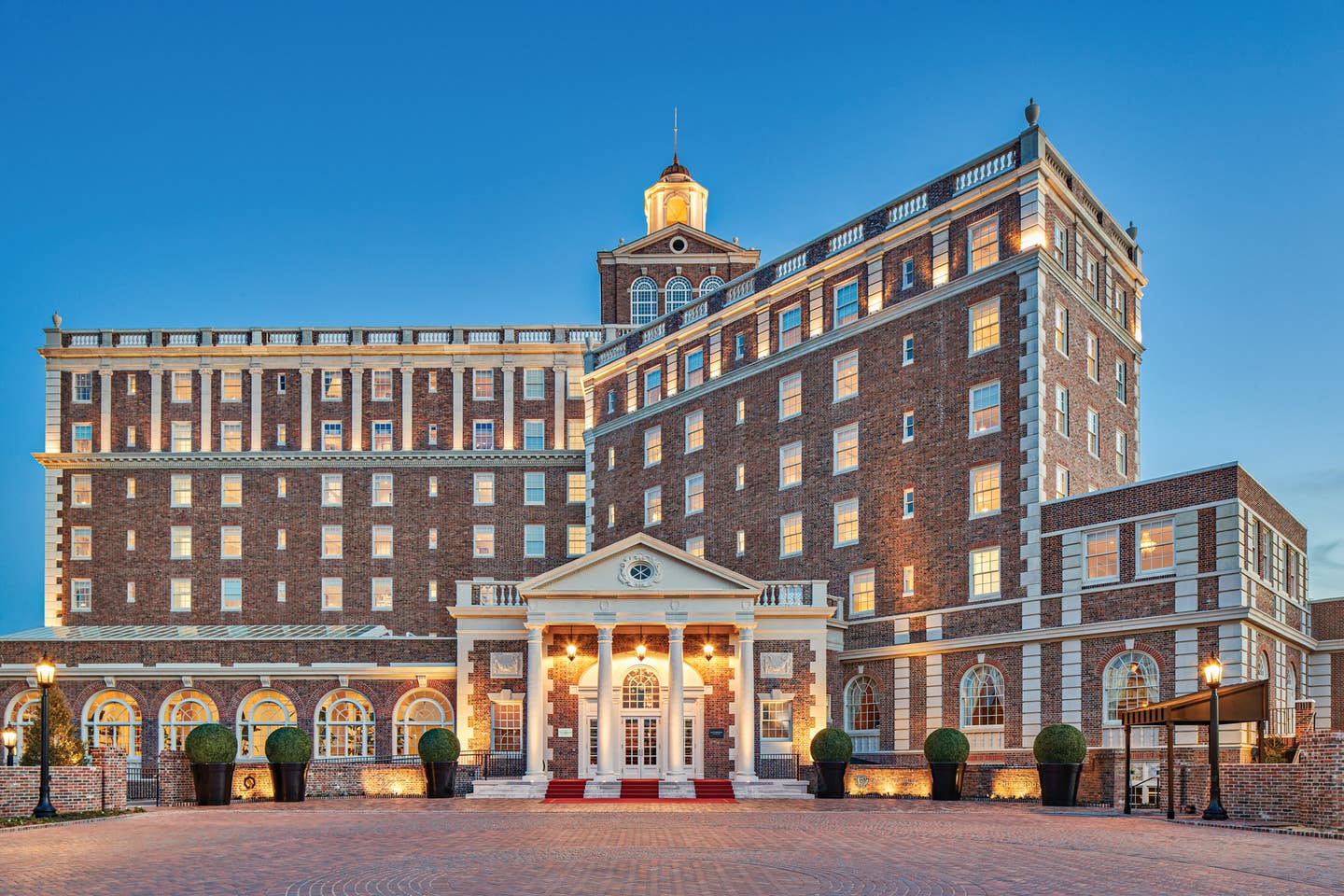
Restoration & Renovation
Historic Restoration of the Cavalier Hotel
Ninety years ago, the Cavalier Hotel was as grand as a venue could be, with movie stars, top jazz musicians, and U.S. presidents celebrating the mood of optimism and prosperity that marked the Roaring 1920s. History was embedded in the Virginia Beach, Virginia, oceanfront hotel: in the elegant rooms, in the saltwater pool, in the lower-level brick oven where game was roasted.
By the dawn of the 21st century, the seven-story hotel had plummeted in social stature and beauty, not helped by a stint as a U.S. Navy training site during World War II.
“It was a slow, painful death for the Cavalier,” says Greg Rutledge, FAIA, a principal of Hanbury, an architectural firm in Norfolk, Virginia. By 2012, the hotel was on the auction block, and every bidder but one intended to raze the hotel. Cavalier Associates, a group of six local business people, went against the tide and saved the icon.
Rutledge, who specializes in historic restoration and design, recalls his first glimpse of the hotel, set high on a sand dune against a backdrop of the Atlantic Ocean. “I remember thinking, ‘it doesn’t look that bad,’” Rutledge says. Then he walked inside. “It was falling apart. You could see the damage of the interior’s structural aspects literally tearing the exterior skin of the building apart.”
The resulting $81 million project ($45 million in hard construction) became a model of historic restoration, bringing together experts in design, construction, and specialty trades, and backed by local preservation incentives and historic-preservation tax credits, both federal and state. “It was a huge bundling of factors,” Rutledge says.
Rutledge and Hanbury project manager Richard Rusinak, AIA, committed to saving the defining features of the hotel, designed by Norfolk architect Clarence Neff, who oversaw much of the city’s architecture. Neff had begun with an innovative Y shape, which gives the hotel an “incredibly efficient floorplan,” Rutledge says, and ocean views from almost every room.
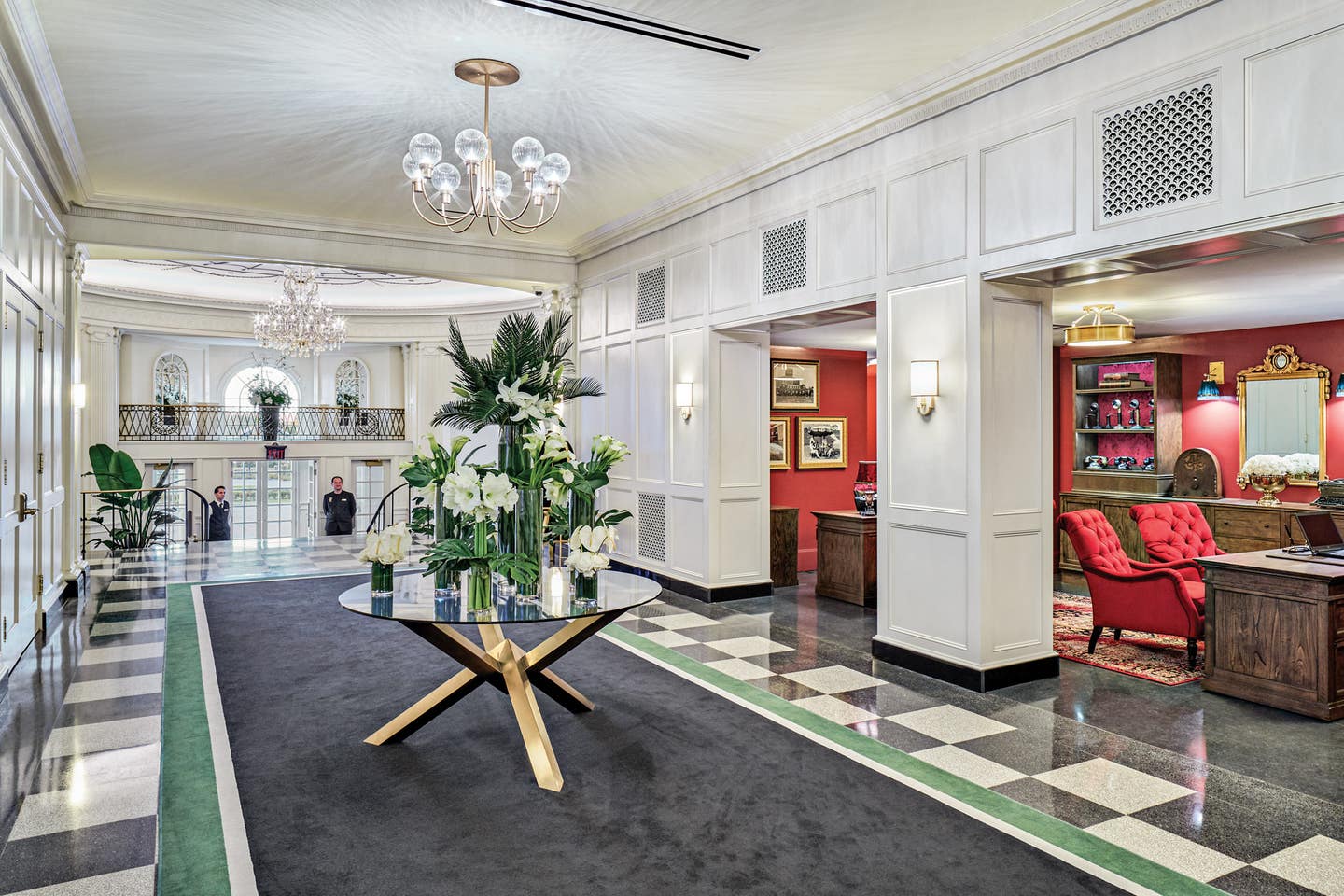
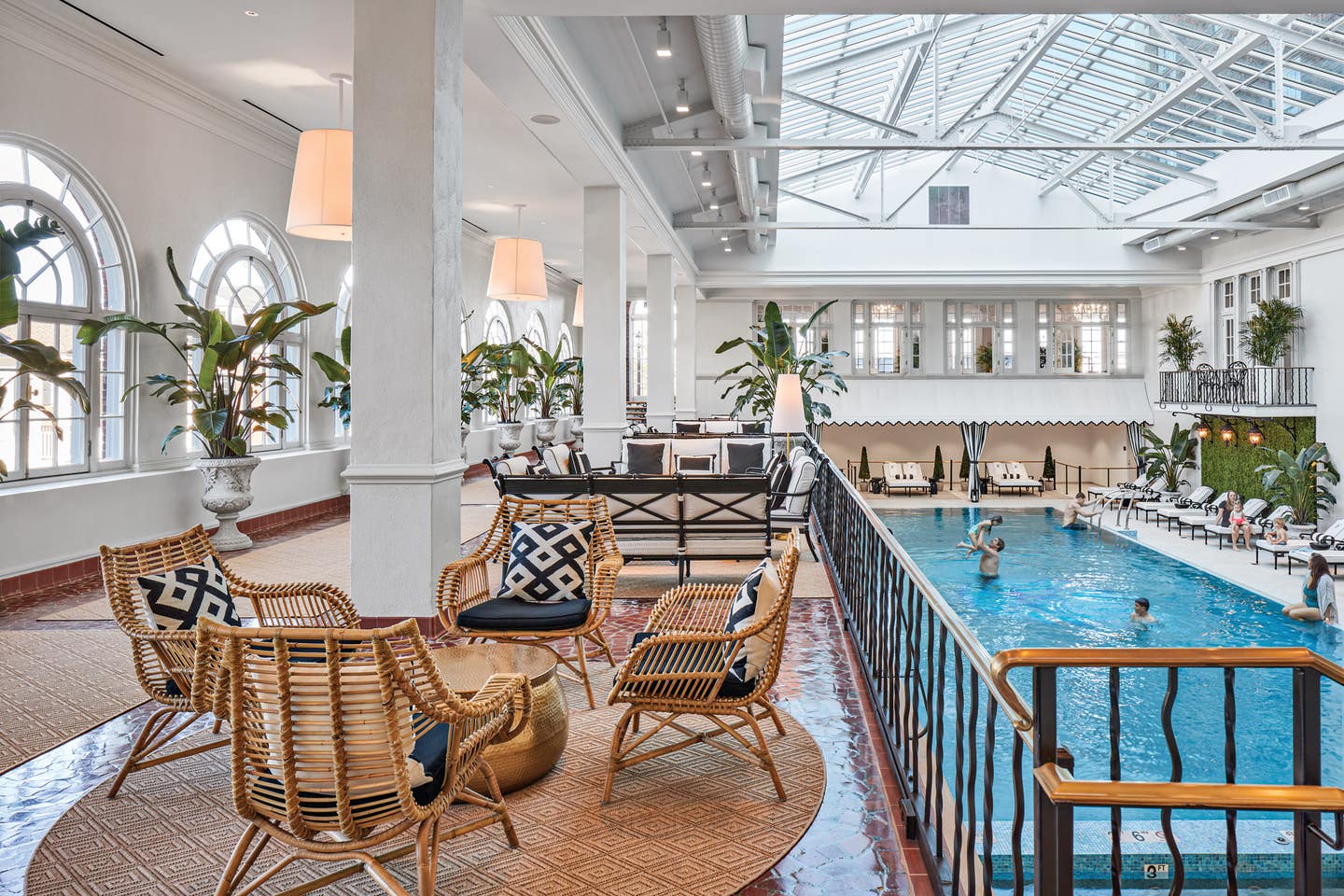
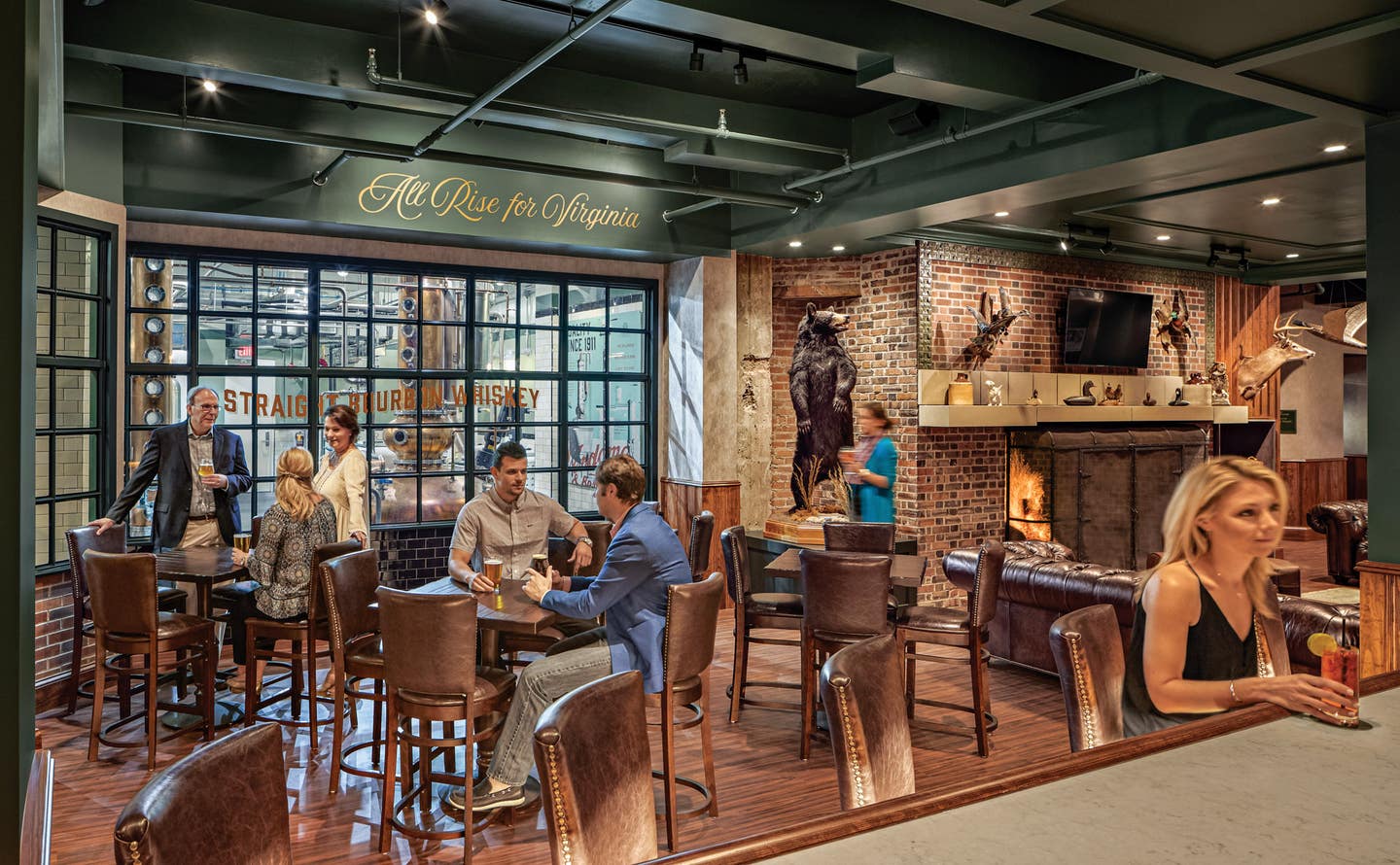
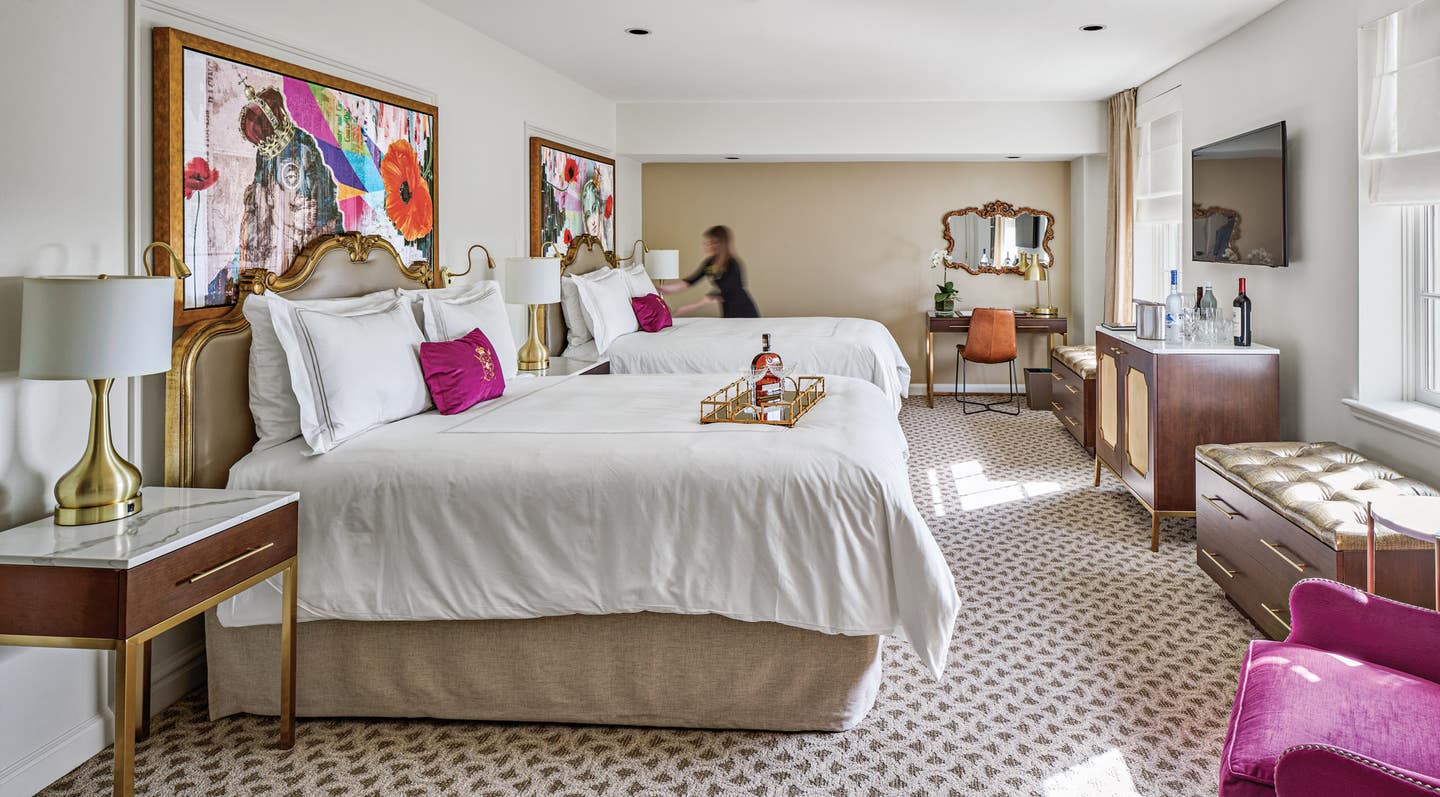
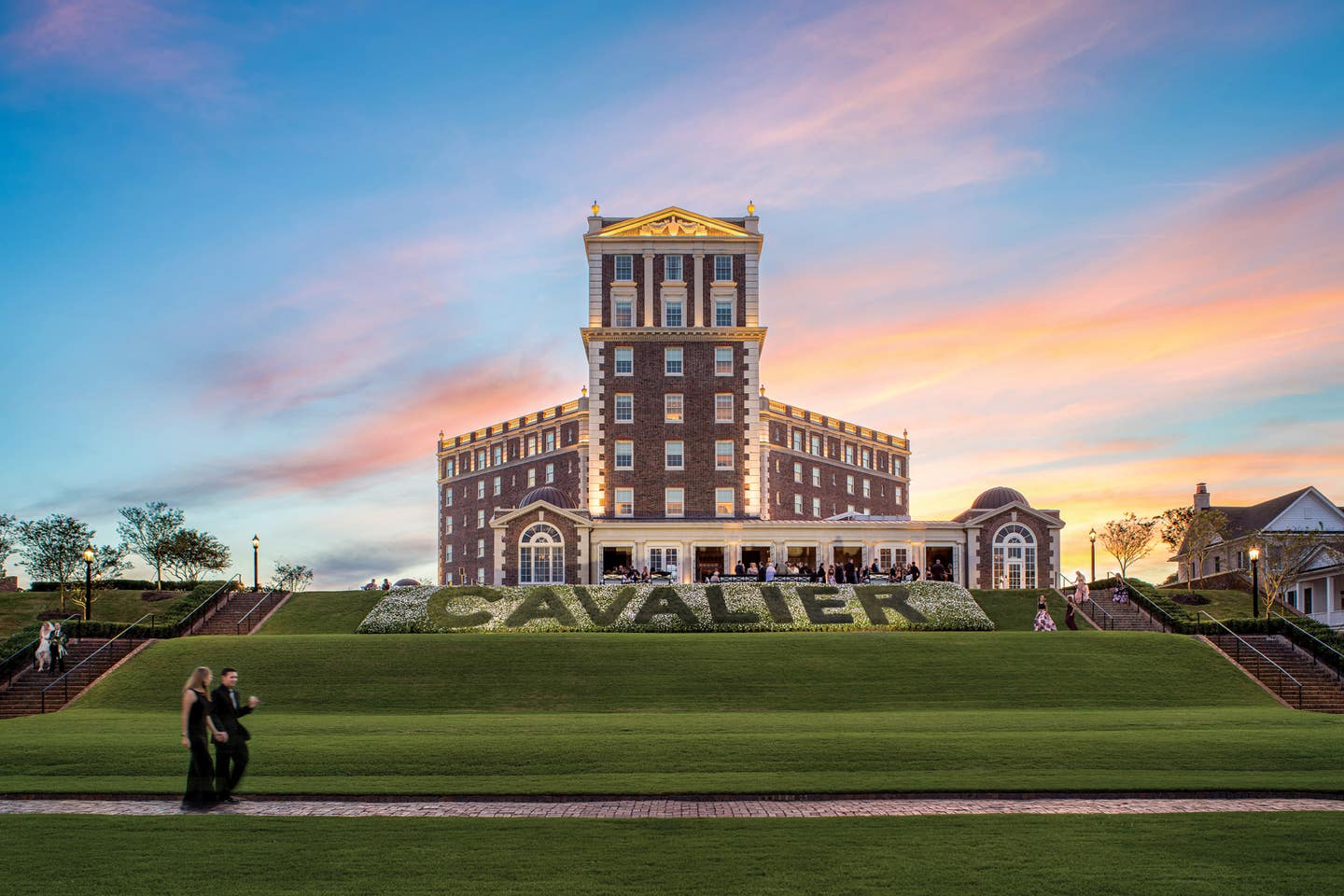
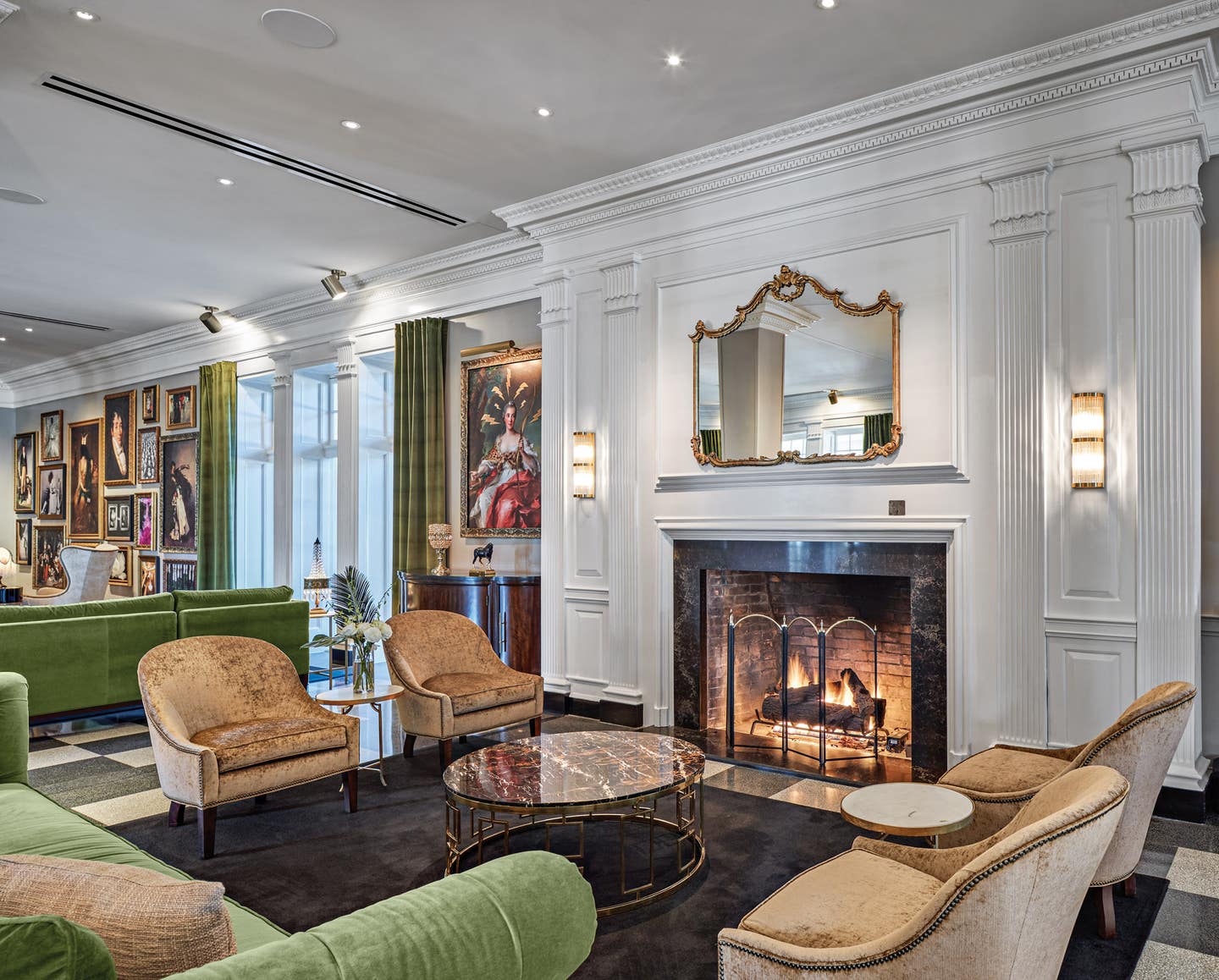
Rusinak and Rutledge also oversaw an exacting restoration of the Cavalier’s major construction features: the masonry and cast-stone exterior and a beautiful interior of ornamental ironwork, decorative plaster, wood paneling, and terrazzo. “We identified, retained, and restored those,” Rutledge says. Fortunately, the first floor was historically intact, with all the original materials in different degrees of degradation, which set the hotel’s overall design for the project.
But the damage to the main floor, guestrooms, and basement, wrought by time and water, was astounding. The entire infrastructure—including plumbing, electrical work, and the security system—were unsalvageable. The former water tower—the six floors above the guest rooms—also was in deplorable condition.
The biggest challenge was the building’s corroded structural steel frame. Columns had rusted and expanded, exerting pressure on the masonry. The repair—keeping steel members in place without disturbing to the masonry exterior and the historic interior walls—was meticulously designed, using a floor-by-floor process of transferring or re-supporting loads from above. In the tower, crews replaced the steel and pieced together each corner, and reinstalled the balustrades and cornices with proper flashing.
The combination of restoring original features, or replacing them with historically accurate copies, was a rigorous process that involved expert subcontractors, including masons and plasterers, who worked with general contractor W.M. Jordan Co. in Newport News. “So many people poured their heart and soul into this building,” Rutledge says.
The historic character of the ballroom, so memorable for many local residents, had been hidden during a past restoration. Rutledge took what he had on record—one photo of the original room and a tiny diagram that showed it as rectangular with a half-rounded end of the east side—to academic experts. A mystery unfolded: “We took down partitions, and lo and behold, the round cornice was still there; so we knew where the cornice and pilaster capitals were.” The saltwater swimming pool also was returned to 1920s ambiance, thanks to historic photos.
The 1920s-era Hunt Lounge (now a restaurant called the Hunt Room) featured the massive fireplace where cooks roasted clients’ game that they had hunted on site. “It was probably our biggest shock,” Rutledge says.
The fireplace, which had been covered in paneling, had settled and detached from the exterior wall. Crews also found a gaping hole in the masonry wall’s smoke chamber. “We couldn’t jack it up,” Rutledge says. “We dug and dug, and never found the foundation of the building.” He and the team were left to document the size of the fireplace “to the nth degree,” photographing it from every angle, and meticulously disassembling each row brick by brick, setting them on pallets. After three months of slavish work, every brick in the fireplace is exactly where it had been.
Near the Hunt Room is a last-minute add-on: a distillery. “We were under construction when our clients thought, ‘Wouldn’t it be cool to have a distillery?’” Rutledge says. “We put it in the old laundry room. We had to restructure the center of the building. It’s phenomenal.”



